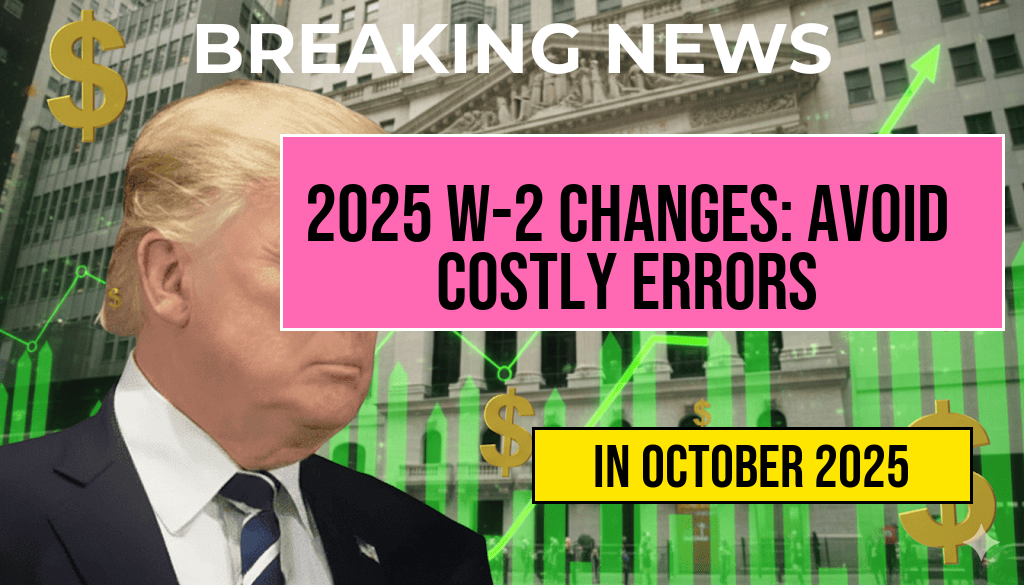As millions of Americans prepare for the resumption of federal student loan payments, many are facing an unexpected financial burden. Starting this fall, monthly payments for some borrowers are set to increase by as much as $400, significantly impacting household budgets and financial plans. This surge affects not only recent graduates but also those who have been in repayment for years, with the potential to reshape their financial landscape. The changes come after a three-year pause on payments initiated during the COVID-19 pandemic, leaving many borrowers unprepared for the sudden return to full payment obligations. Understanding who is most affected and what options are available is critical for those navigating this new reality.
Who Is Impacted by the Payment Surge?
The increase in monthly payments predominantly affects federal student loan borrowers who were previously on income-driven repayment plans or those who were in deferment or forbearance. According to the U.S. Department of Education, borrowers who have not made payments since March 2020 will see their payment amounts recalibrated based on their current income and family size, which may lead to significant increases for many.
Income-Driven Repayment Plans
- Recalibration: Borrowers on income-driven repayment (IDR) plans may notice substantial changes in their monthly payment amounts once the pause ends. This recalibration typically takes into account borrowers’ current financial situations.
- Potential Increases: For many, this could mean monthly payments rising by several hundred dollars. Some estimates suggest increases could reach $400 or more for those with higher incomes or larger loan balances.
Students Who Graduated Recently
Recent graduates entering the workforce face the dual challenge of managing new job responsibilities while adapting to a higher monthly payment obligation. Many of these borrowers may have budgeted their first few months of income expecting to have lower payments, but the new calculations may force them to reconsider their living expenses, including housing and transportation.
Understanding the Financial Impact
The financial impact of these increased payments is far-reaching. Borrowers are encouraged to reassess their budgets and explore available options to mitigate the strain. Here are some key factors to consider:
Budget Adjustments
- Revising Expenses: Many borrowers will need to cut discretionary spending or find new sources of income to accommodate higher payments.
- Emergency Savings: With increased payments, maintaining an emergency savings fund is crucial. Financial experts recommend having at least three to six months’ worth of expenses saved.
Payment Options and Resources
Borrowers facing financial difficulties should explore various repayment options available through the U.S. Department of Education. These include:
- Income-Driven Repayment Plans: These plans can reduce payments based on income and family size, potentially lowering monthly obligations.
- Loan Forgiveness Programs: Certain professions, such as teaching or public service, may qualify for loan forgiveness after a set number of payments.
Advice from Financial Experts
Financial advisors recommend that borrowers take proactive steps to manage their student loan payments. Here are some tips:
- Communicate with Loan Servicers: Staying in contact with loan servicers can provide borrowers with the latest information on options and potential changes in payment plans.
- Consider Refinancing: For some borrowers, refinancing student loans at a lower interest rate may provide relief, although this option comes with its own risks and considerations.
Conclusion
The return of federal student loan payments, particularly the increase of up to $400 a month for many borrowers, represents a significant financial shift. Understanding the implications and exploring available resources is essential for those affected. By taking proactive measures, borrowers can navigate these changes more smoothly and work towards financial stability.
For more information on federal student loans and repayment options, visit the U.S. Department of Education or check out Forbes for expert advice.
Frequently Asked Questions
What caused the surge in student loan payments by $400 per month?
The surge in student loan payments is primarily due to the end of the federal student loan payment pause, which had been in place since the onset of the COVID-19 pandemic. As borrowers are required to resume payments, many will see significant increases in their monthly obligations.
Who will be affected first by the increased payments?
Millions of borrowers with federal student loans will be affected first. This includes individuals who have not made payments for an extended period and those whose loans have accumulated interest during the pause.
Are there any options available for borrowers struggling with higher payments?
Yes, borrowers struggling with higher payments can explore various options, including income-driven repayment plans, loan deferment, or forbearance, which may provide temporary relief from the increased financial burden.
How can borrowers prepare for the resumption of student loan payments?
Borrowers can prepare by reviewing their loan details, budgeting for the new payment amounts, and considering options for repayment plans that might better suit their financial situations.
What resources are available for borrowers seeking assistance with their student loans?
Borrowers can access resources through the U.S. Department of Education’s website, financial counseling services, and non-profit organizations that specialize in student loan assistance to help navigate repayment options and provide guidance.






